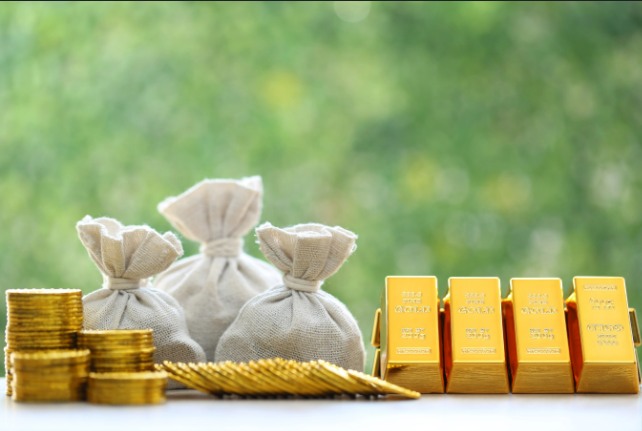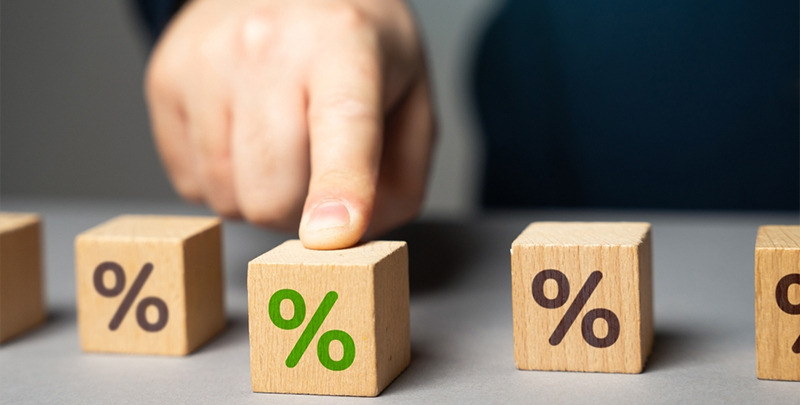
When it comes to selling your gold, understanding its true value is crucial. Whether you’re parting with old jewelry, coins, or other gold items, knowing what your gold is really worth ensures that you get the best possible deal. Too often, people rush into transactions without doing the necessary research, leading to missed opportunities and undervalued sales. This guide will help you navigate the gold-selling process and teach you how to evaluate your gold effectively before making a final decision.
If you’re looking for cash for gold Wilkes Barre PA, knowing how to assess your gold’s value beforehand can make all the difference in how much you walk away with.
Why the Market Price Isn’t the Whole Story
Gold is a commodity traded globally, and its price fluctuates daily based on the market. The spot price of gold—what it’s trading for at any given time—is a good starting point. However, the spot price doesn’t always reflect what you’ll receive when selling. Factors like purity, weight, and the buyer’s margins all come into play.
The market price is typically quoted per troy ounce (31.1 grams), but most consumers deal in grams when selling their gold. Be sure to convert appropriately and always check the current rate on a trusted financial news source or gold price tracker.
Understanding Karats and Purity
Gold items are rarely made of pure gold. Instead, they’re alloyed with other metals to increase strength and durability. The purity of gold is measured in karats:
- 24K = 99.9% pure gold
- 18K = 75% pure gold
- 14K = 58.5% pure gold
- 10K = 41.7% pure gold
When evaluating your gold, check for a stamp indicating its karat. If no stamp is visible, a professional test—either acid or electronic—may be required to determine its purity. Keep in mind, the higher the karat, the more valuable the gold.
Weighing Your Gold Accurately
Weight is another crucial factor in determining value. Make sure to use a digital jewelry scale that measures in grams, not standard ounces. Also, weigh only the gold portion—remove stones, clasps, or other non-gold elements when calculating total weight. If you’re selling multiple items, group them by karat for a more accurate evaluation.
Understanding the difference between troy ounces and standard ounces can save you from receiving less than your gold’s worth. Remember, 1 troy ounce = 31.1 grams, whereas a standard ounce = 28.35 grams.
The Role of Condition and Design
While the intrinsic value of gold is based on weight and purity, the item’s condition and craftsmanship can also affect its resale price—especially for designer jewelry, vintage items, or rare coins. Sometimes, an item might be worth more as a whole piece than melted down for scrap value.
If your jewelry includes precious stones, those may carry separate value as well. A qualified appraiser can help assess these components individually to ensure you’re getting a fair offer for every part of the piece.
Comparing Buyers and Getting Multiple Quotes
Not all gold buyers are created equal. Pawn shops, online buyers, local jewelers, and gold exchanges each offer different rates and terms. Take the time to compare at least three offers before committing. Ask each buyer how they determine their prices, whether they use the current spot price, and if they charge any fees or commissions.
When searching for cash for gold Wilkes Barre PA, transparency is key. A reputable buyer will provide a detailed breakdown of how they arrived at their offer, including weight, karat, and current gold price.
Avoiding Common Pitfalls
Many sellers make mistakes that cost them money:
- Selling too quickly:Don’t let urgency dictate your decision. Take time to research and compare.
- Not understanding purity:Some sellers assume all gold is equal. Always verify karat and purity.
- Trusting just anyone:Look for reviews, accreditations, and clear policies before choosing a buyer.
- Failing to negotiate:You can often get a better deal simply by asking for it or showing competing quotes.
The Importance of Documentation
If you’re selling a high-value item, consider having documentation like receipts, appraisals, or certificates of authenticity. These can support your asking price and provide a buyer with more confidence in the transaction.
Timing Your Sale
Gold prices fluctuate based on economic conditions, inflation rates, global conflict, and market speculation. While it’s hard to perfectly time the market, keep an eye on trends and aim to sell when prices are high. Signing up for gold price alerts or working with a knowledgeable buyer can help you decide the right time to sell.
Final Thoughts
Selling gold can be a smart financial move, but only if you go into the process informed. By understanding the elements that contribute to your gold’s true value—purity, weight, condition, and market pricing—you’re better equipped to make confident decisions. Always do your homework, seek multiple offers, and don’t be afraid to walk away if an offer seems too low.
Your gold holds more than just monetary value—it’s a reflection of your time, history, and investment. Make sure you treat it that way when it’s time to sell.



